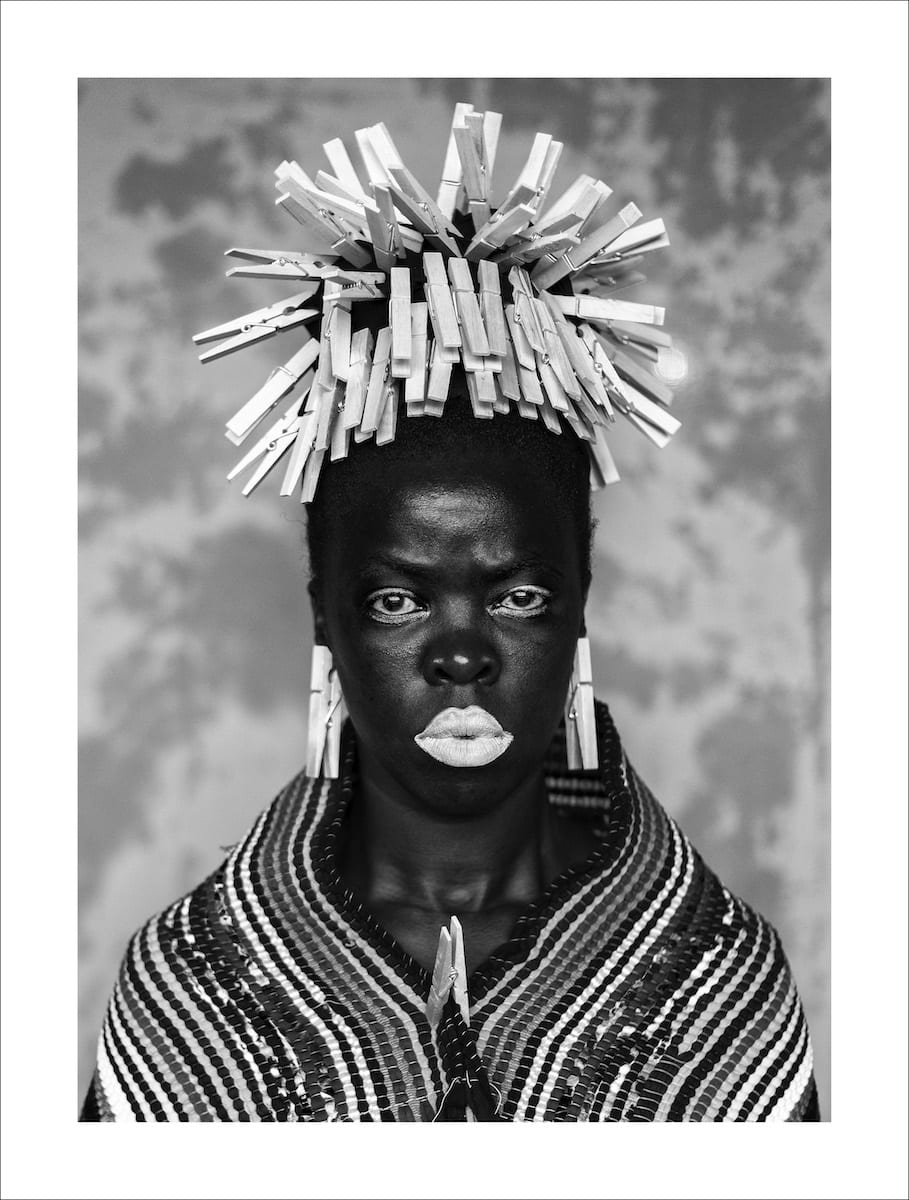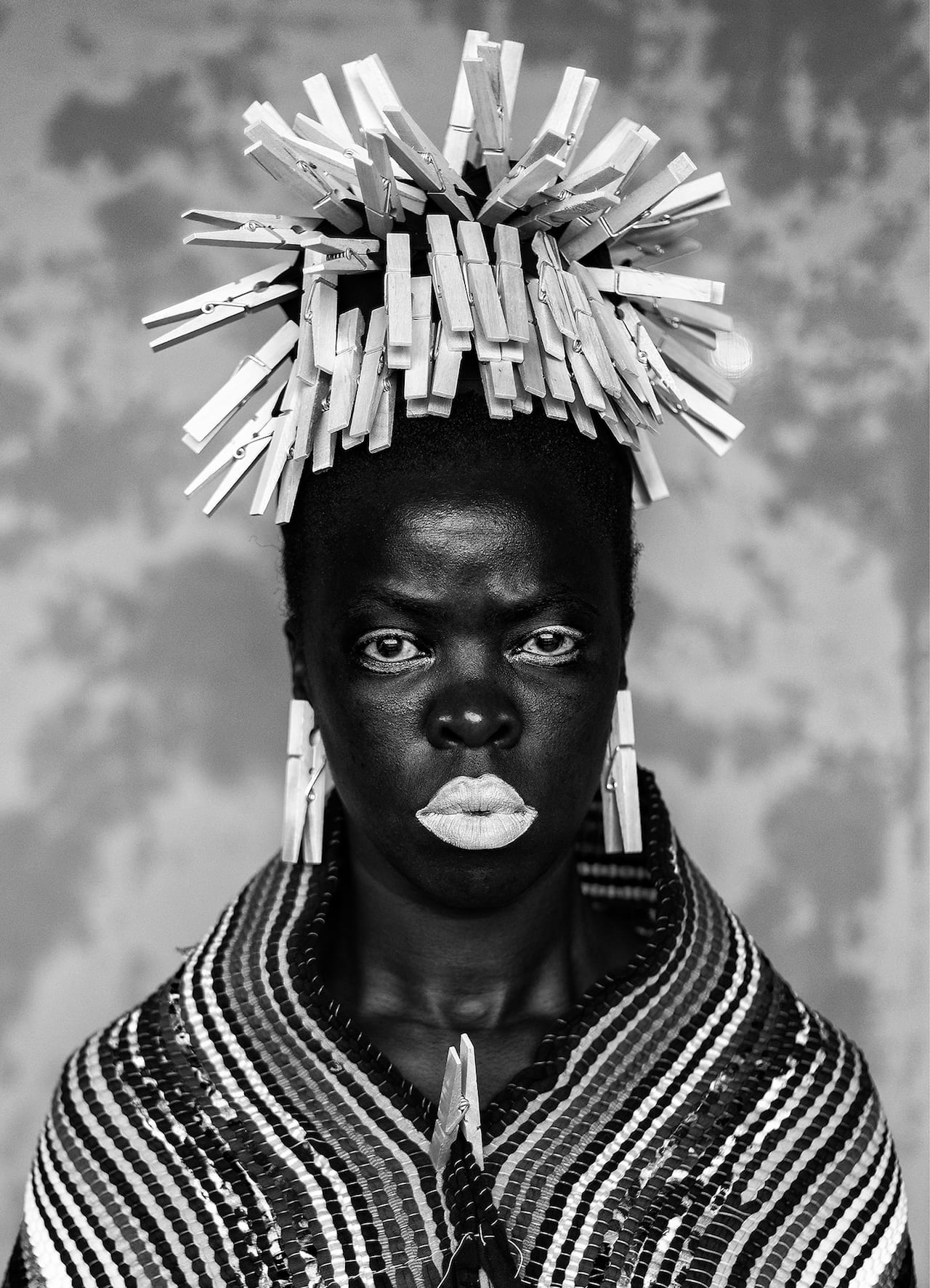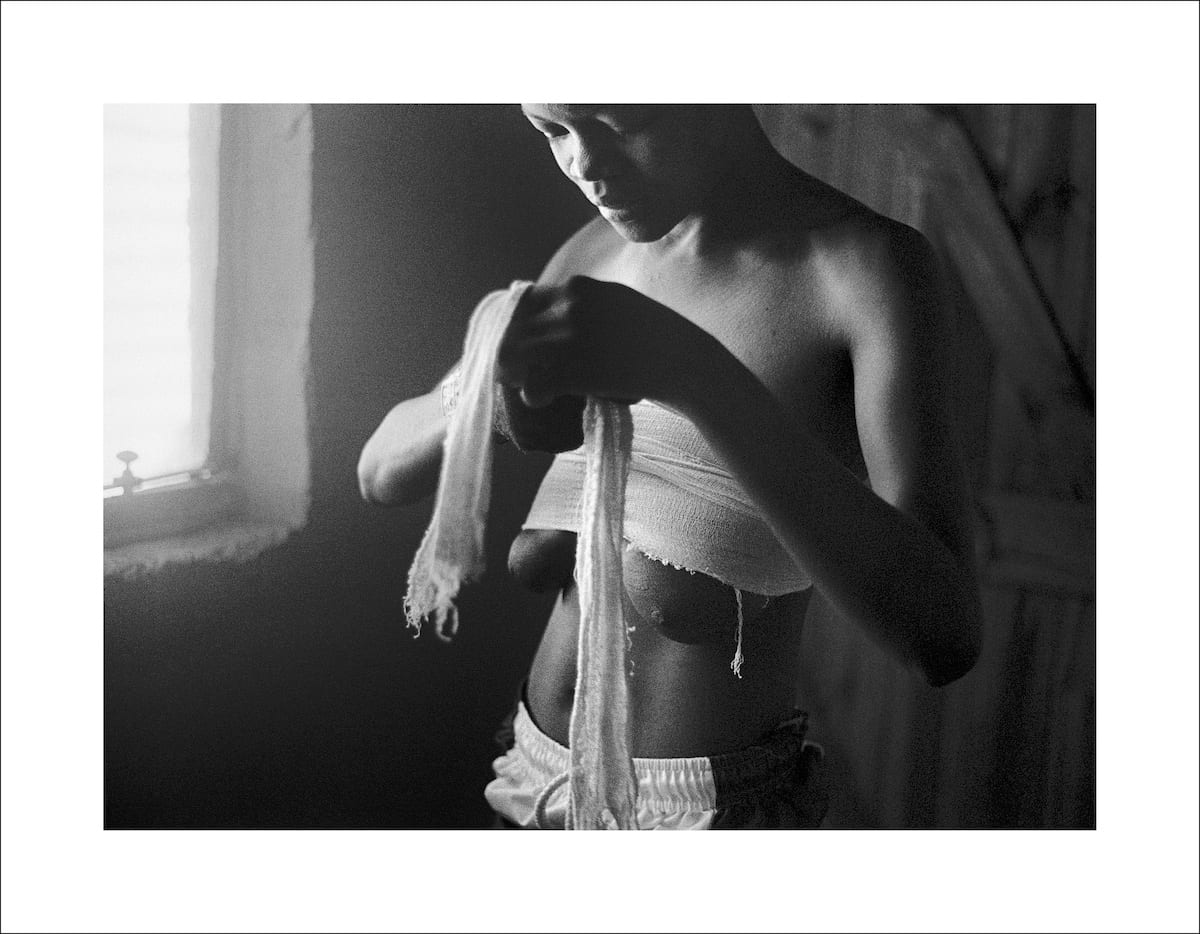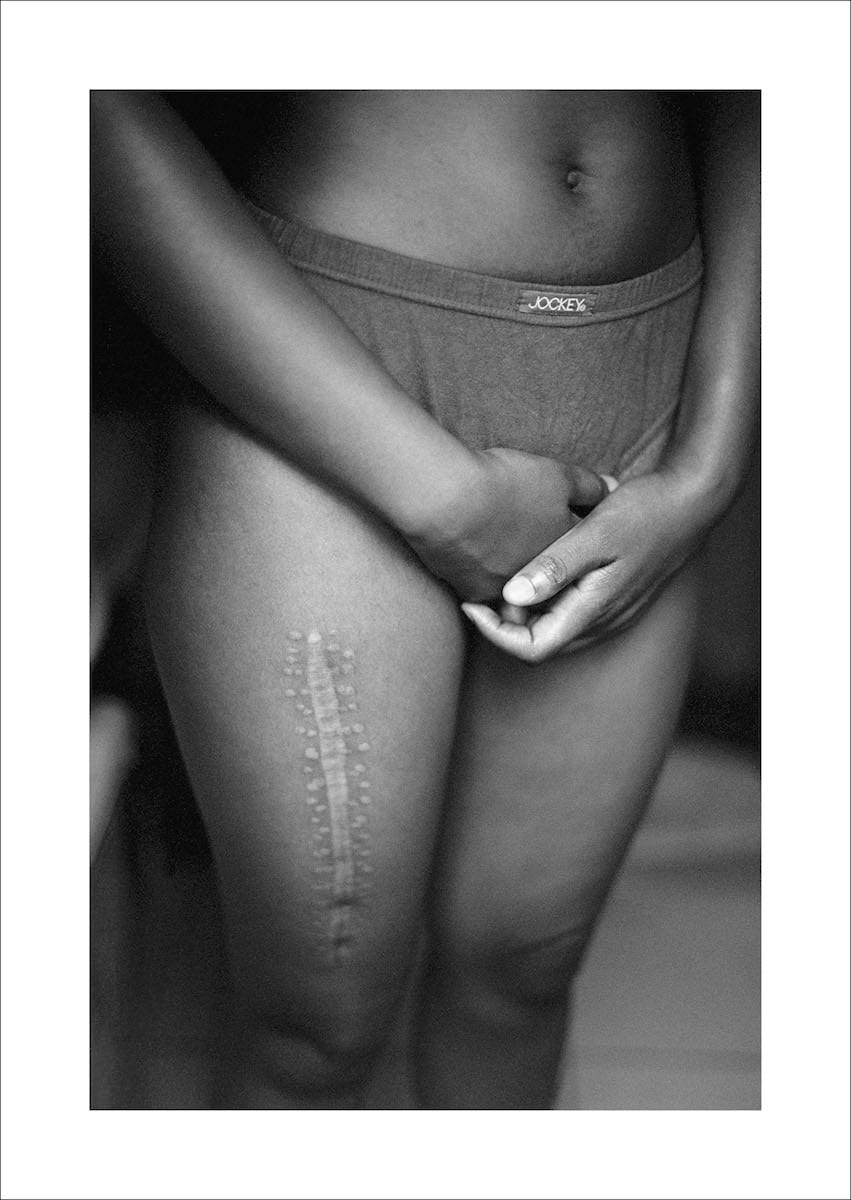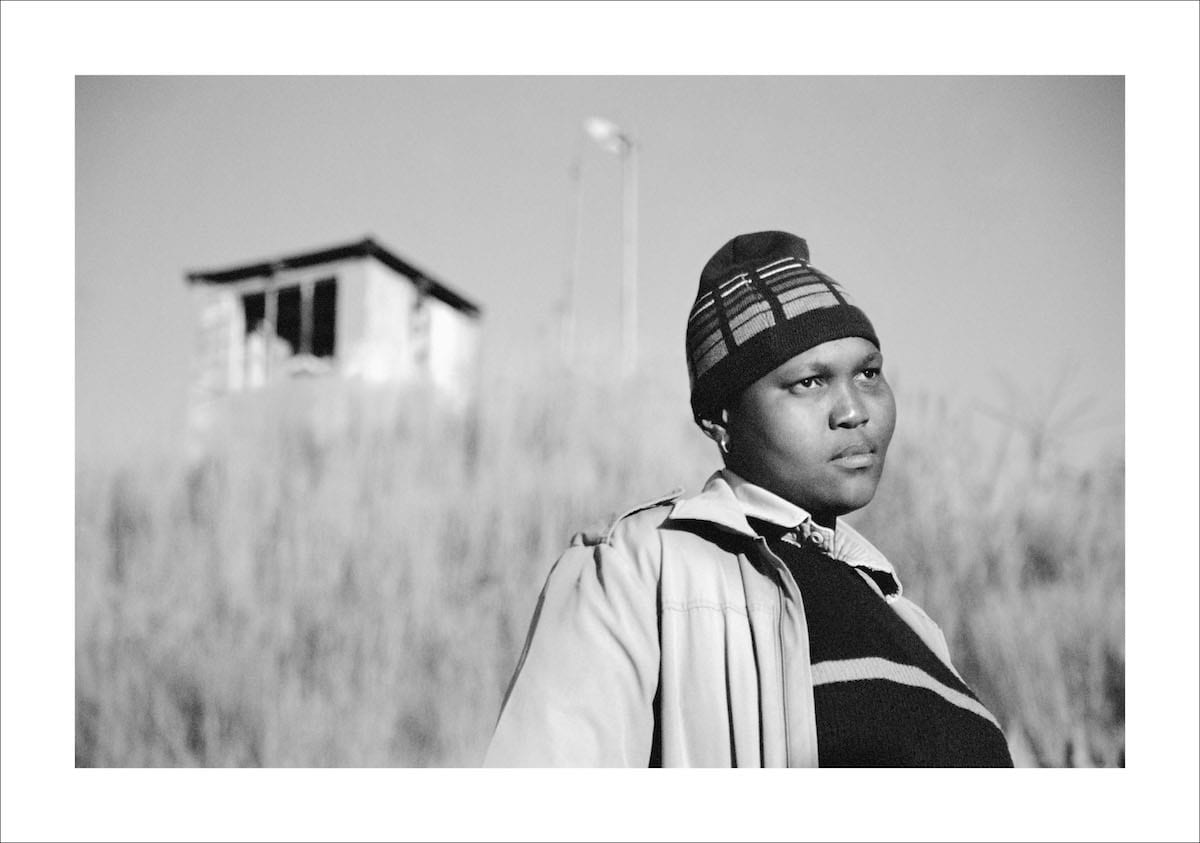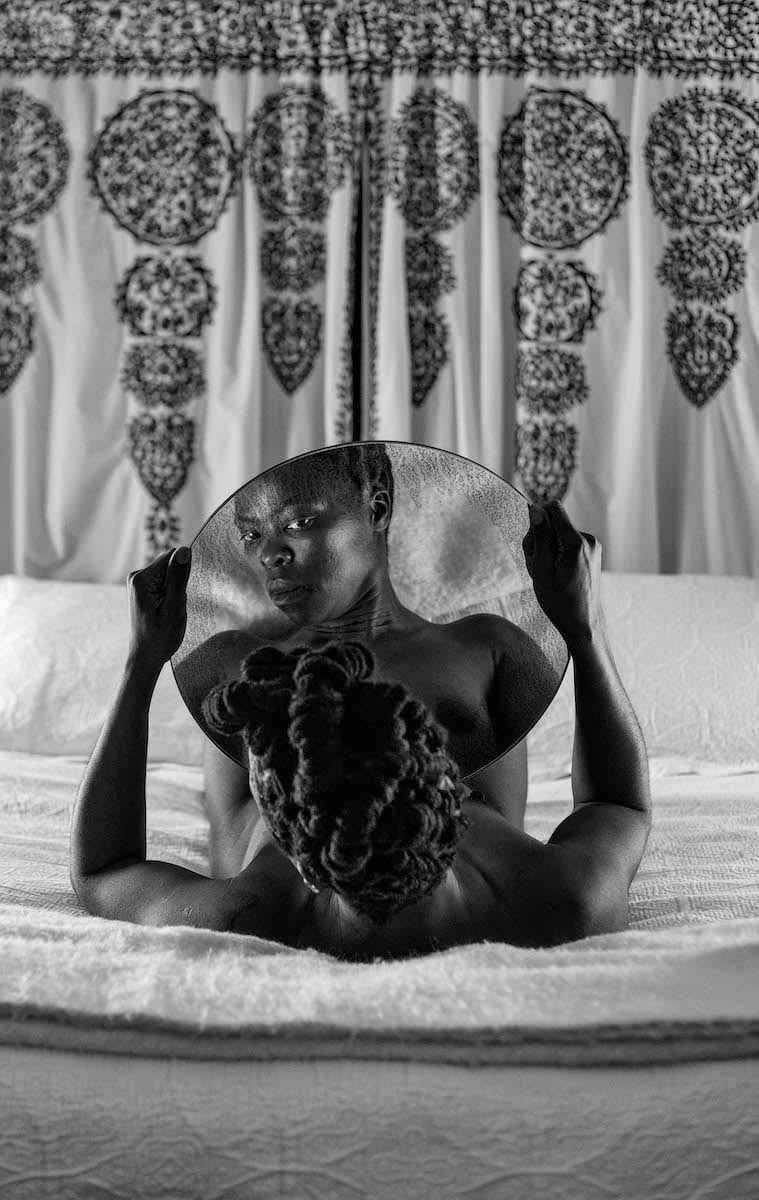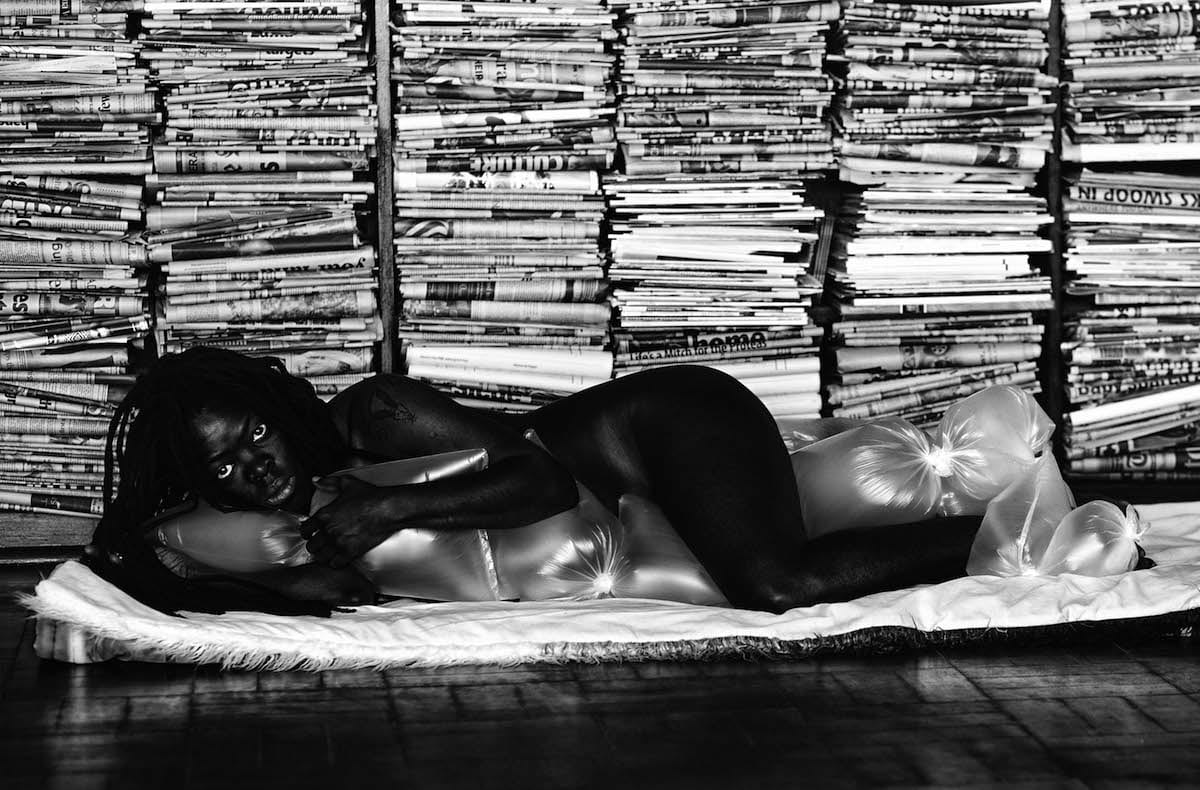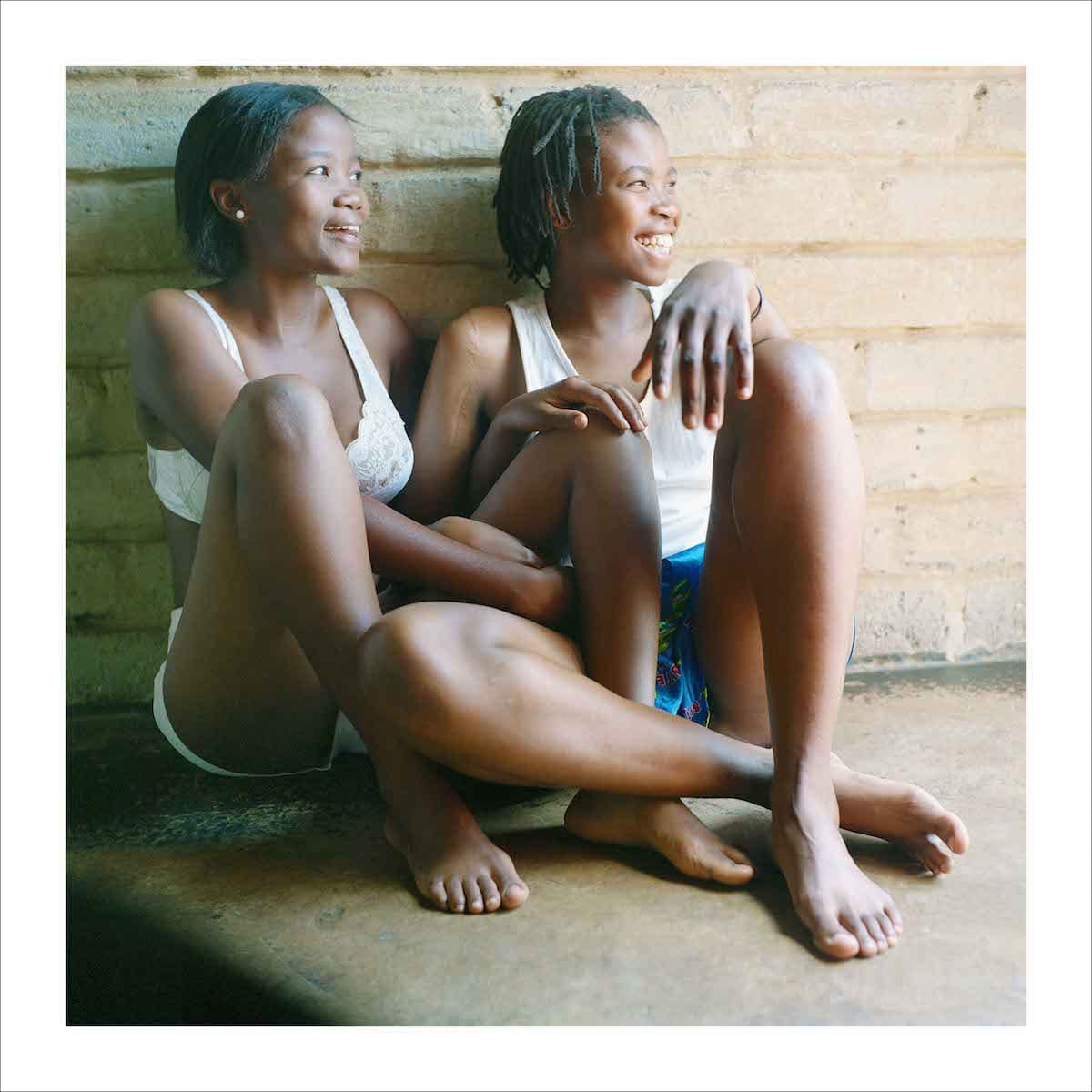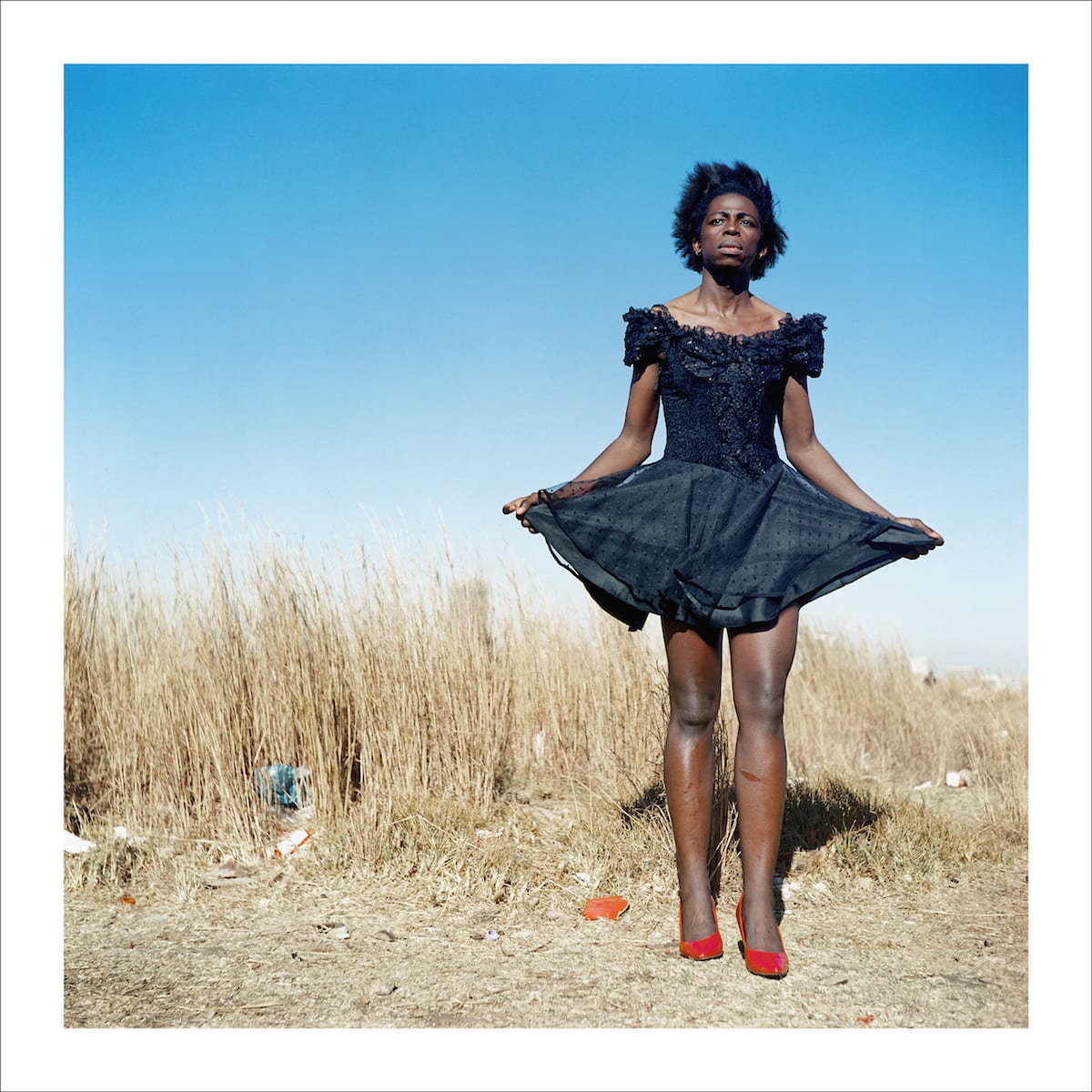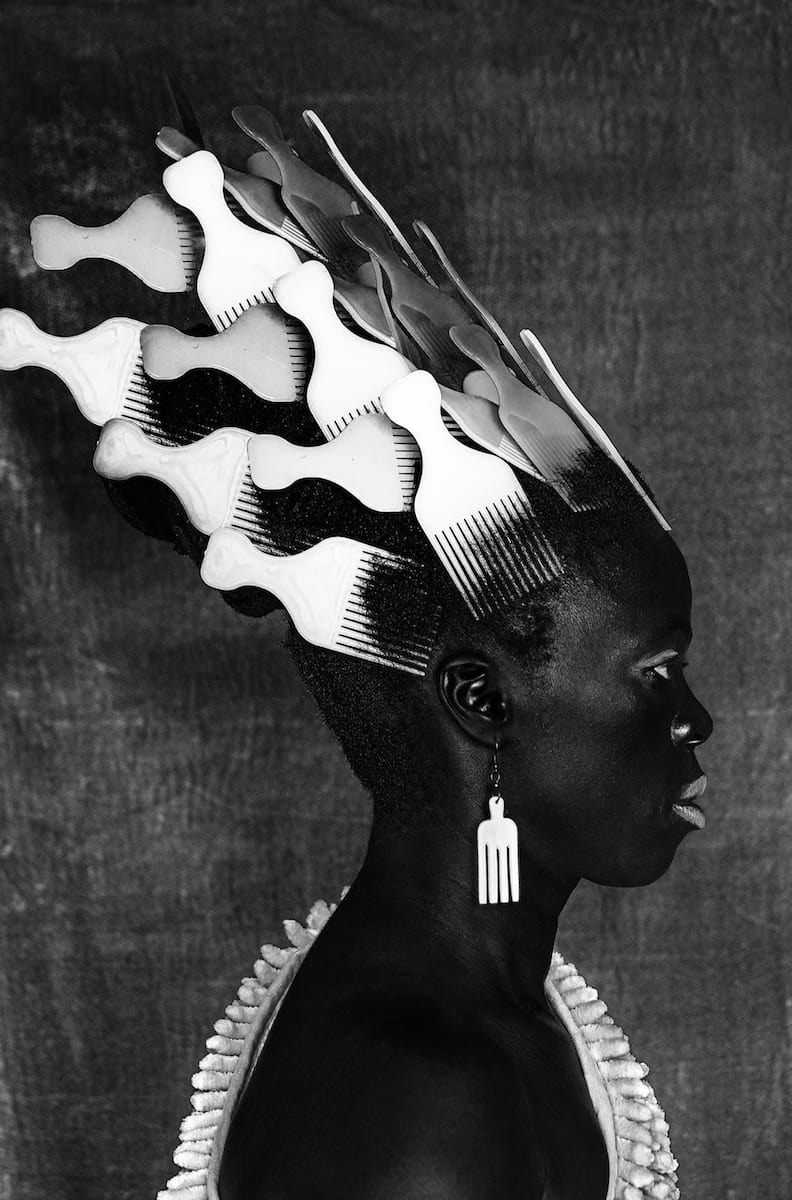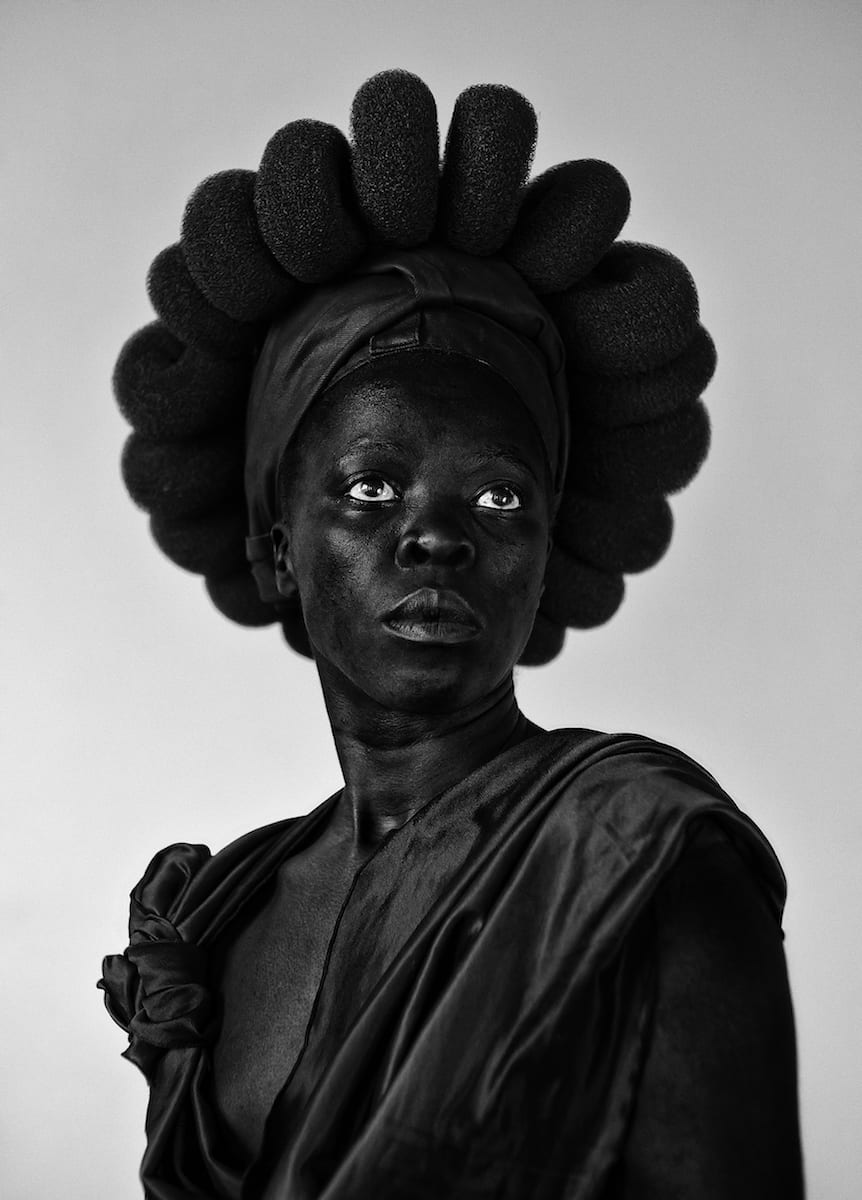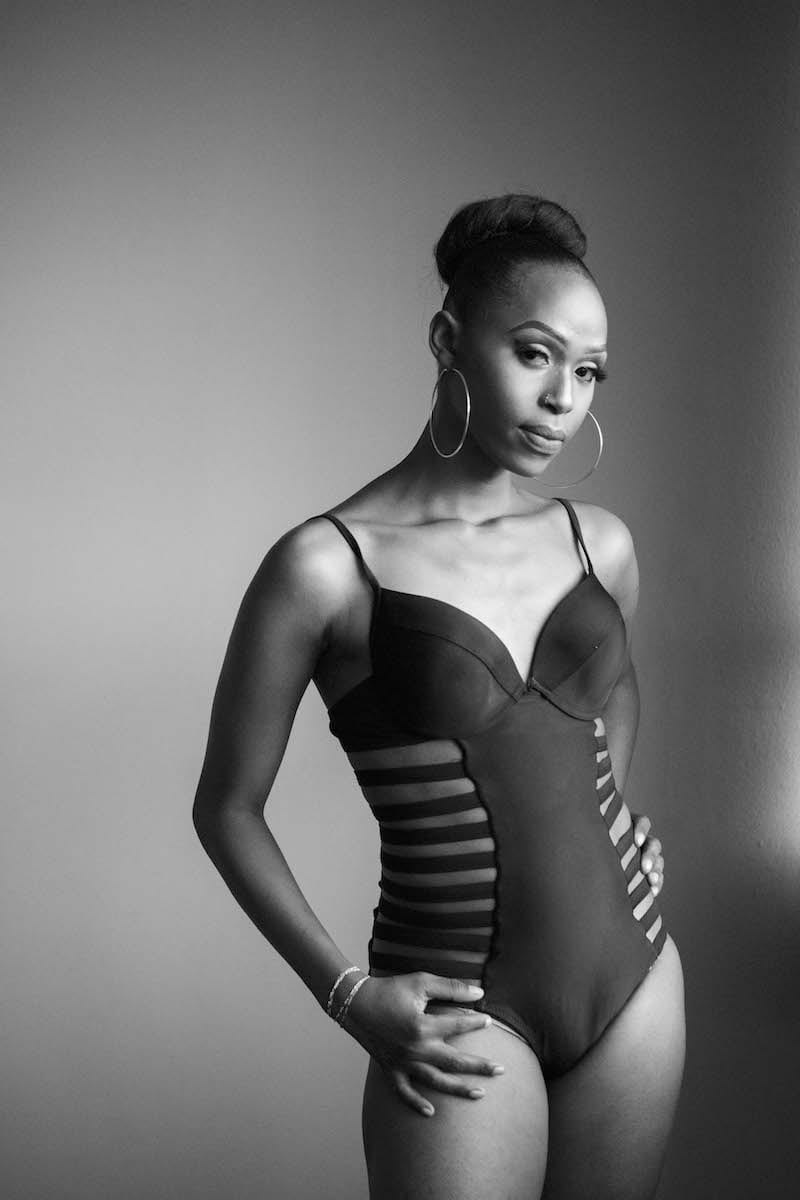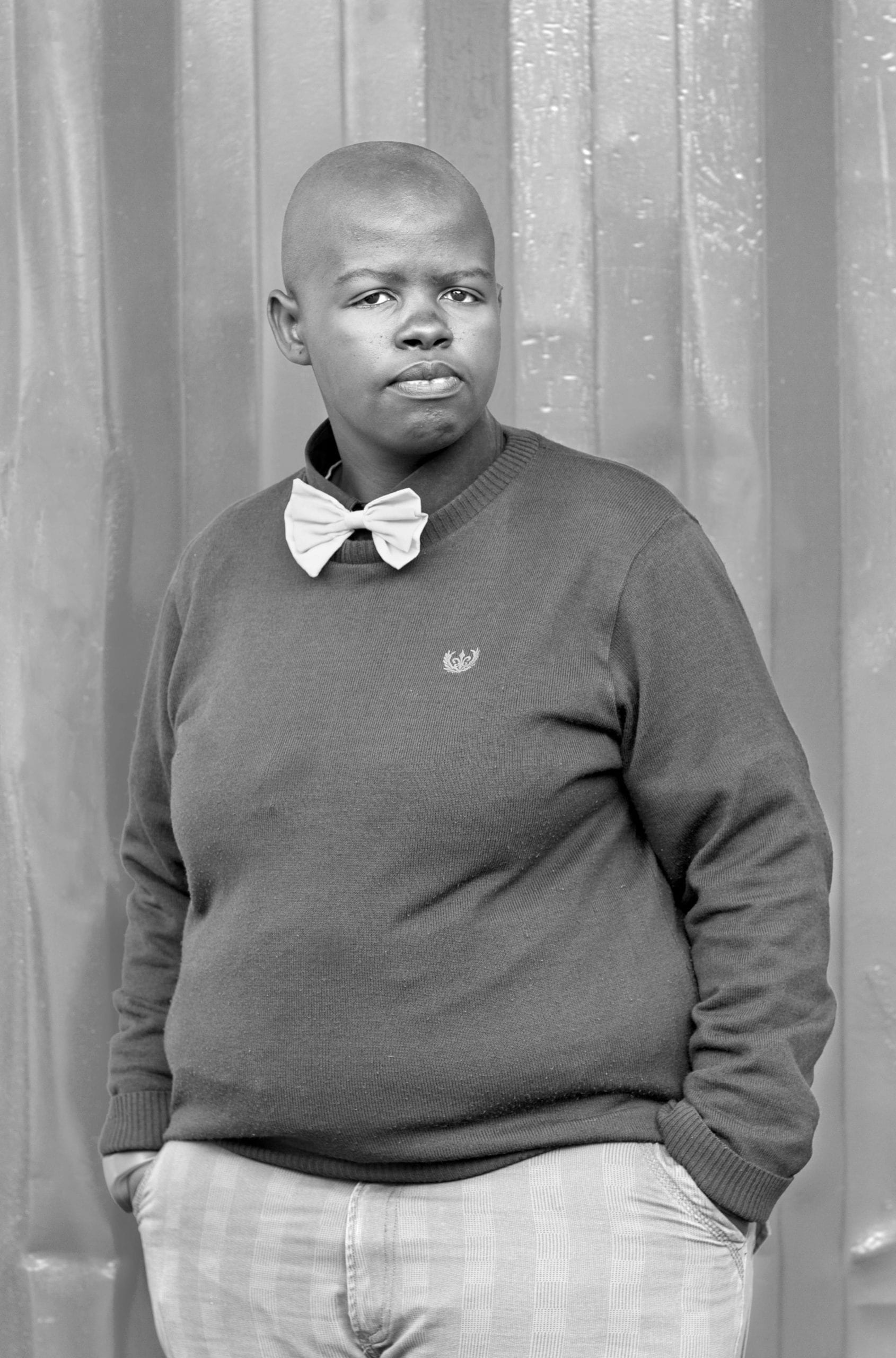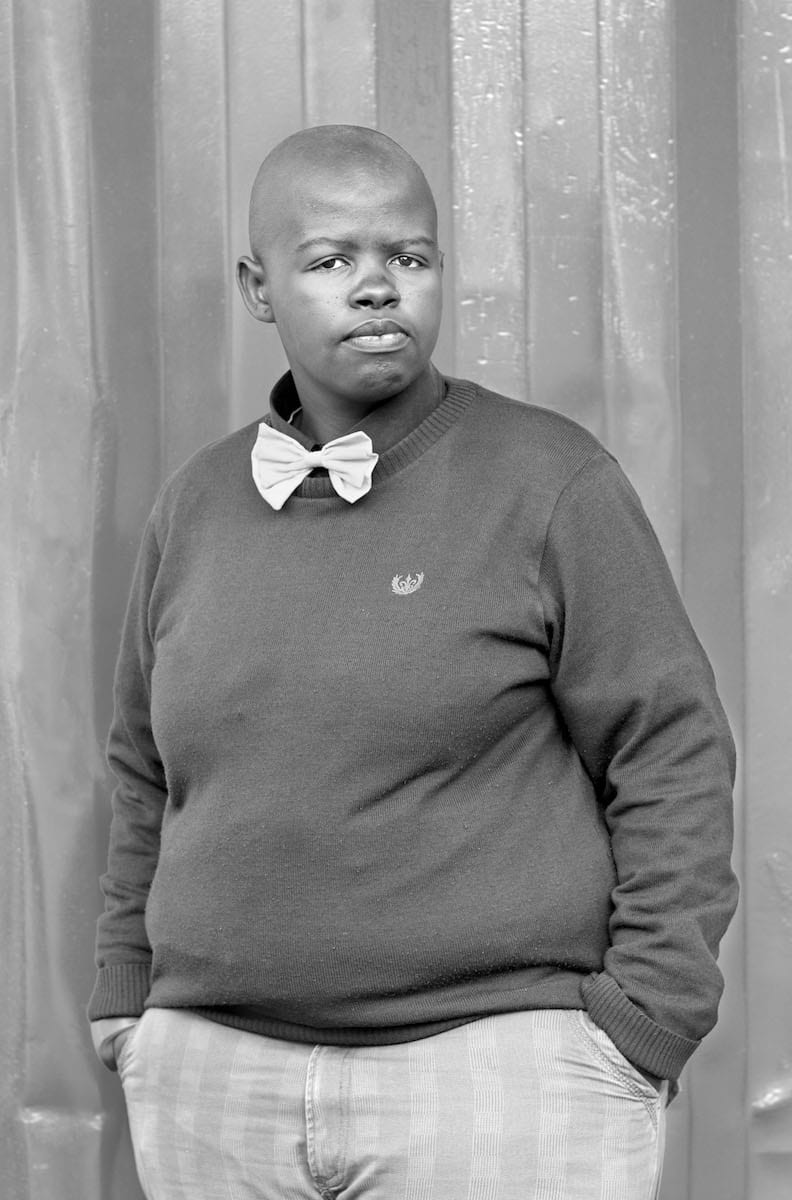Could you speak about the very beginnings of your career as a photographer, including your time at the Market Photo Workshop [founded in 1989 by South African photographer David Goldblatt to provide arts education during apartheid] in Johannesburg, and Ryerson University in Toronto? How did growing up during apartheid impact your practice and what turned you on to photography and the possibility of representing yourself and Black Queer identity? Who and what has influenced you?
Market Photo Workshop was part of my formative period as a photographer and marked a very important time of transition and learning for me. Photography became my therapy and a tool of expression that helped me survive and deal with personal issues, including the time when I was studying at Ryerson and my mother was unwell.
I can’t say that any singular thing or any singular person has been my influence. Experience is my driving force and my experiences have been my influences; these change, and how I understand these experiences also change. What I felt and where I was in 2016 is not the same as in 2018 and those shifts are reflected in the visual material – hence I speak about ‘phases’ in my series. In 2020, the context has changed for all of us and so have our experiences. We fear the unknown in a whole new way and for someone that works with images, this presents a new form of influence.
There has been a sea-change in the visibility of Black artists in the West, and artists from the African continent in particular, which has happened relatively recently. Why now, in your opinion? Has the art world woken up, or been shamed into opening up, or is there a generation of artists whose work demands to be seen? Or, is it all these things and other reasons besides?
The intergenerational conversations, traumatic experiences and collaborations within institutions and communities has led to the rise of visibility for Black artists in the West and across the African continent. It is clear that across the world people were questioning the institutions and ways of thinking that kept them on the sidelines, implying we were not worthy.
In South Africa, although apartheid ended in 1994, it was with movements like Rhodes Must Fall [a protest movement that emerged on 09 March 2015 at the University of Cape Town, in reaction to a statue of Cecil Rhodes, the ardent imperialist, and evolved into a wider movement to decolonise education across South Africa], and Fees Must Fall [a student-led protest movement in October 2015, which spread throughout the country and demanded an end to rising student fees and an increase in government funding of universities] almost 20 years later – that we started having long conversations about privilege and how cycles of oppression are maintained.
This discrimination starts within education: young Black kids were being told in school that their natural hair was unclean or messy because it did not grow straight or fall on their shoulders. It took 20 years for us to really acknowledge what this meant and call it by its name. In other parts of the world, Black Lives Matter has been growing; in the UK, the Grenfell Tower fire asked people to really think about who gets to count in their society and who doesn’t.
Race, class and privilege are intimately connected to wealth, access and exclusion. The world of art is not isolated from all of this – it is informed by the time it is in as well as the context in which it operates and continues to operate. It is also crucial to remember that Black artists have always been there, working tirelessly with these issues. But they were written out of a history and a world that wasn’t yet prepared to see them. Things are changing, but there is a lot of work to be done.
The last time your work was shown in London in the context of a major solo show, it was at Autograph, and it was one of the first showings of Somnyama Ngonyama. Returning for a solo exhibition at Tate Modern, a rarity for any kind of photographer, let alone someone of your age, does it reinforce the sense of how much Somnyama Ngonyama was a game-changer in how your work was received and perceived?
As per your previous question, there has been a sea-change in the visibility of Black artists recently. As a socio-politically engaged visual arts organisation that champions issues around visibility, race and representation, Autograph has been at the forefront of advocating for Black artists such as myself for decades — long before this present moment. Looking at it more broadly, it is important to pay attention to how this ‘sea-change’ is connected to the change in how we engage with imperial histories and Black bodies within those histories. Last year, museums were being held to task to return artefacts acquired through colonialism — you can see this as ‘the formerly othered’ saying ‘enough is enough’.
Somnyama Ngonyama does the same, it speaks to these issues clearly and openly, and I am glad to know that mainstream institutions like Tate understand this and have the willingness, presence and enthusiasm to engage. However, the exhibition at Tate is not only of Somnyama Ngonyama. It is a survey of my whole practice.

